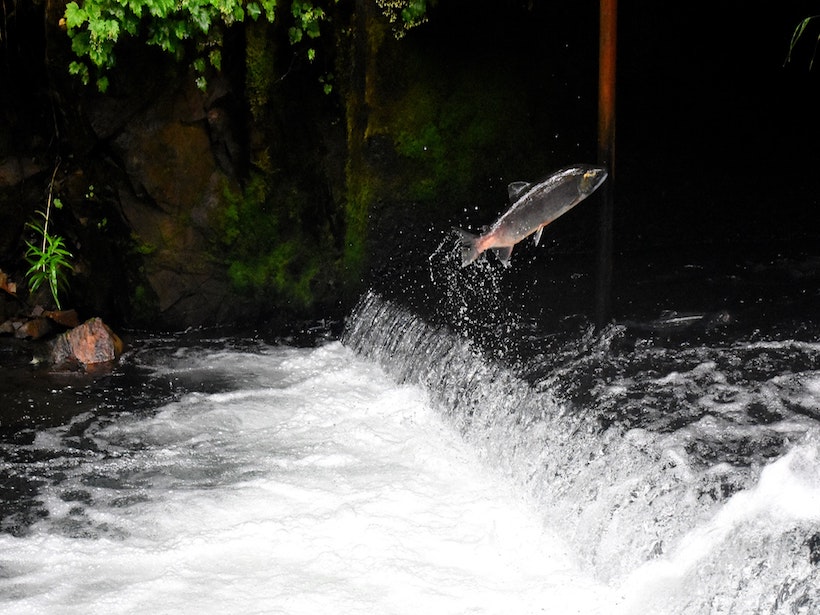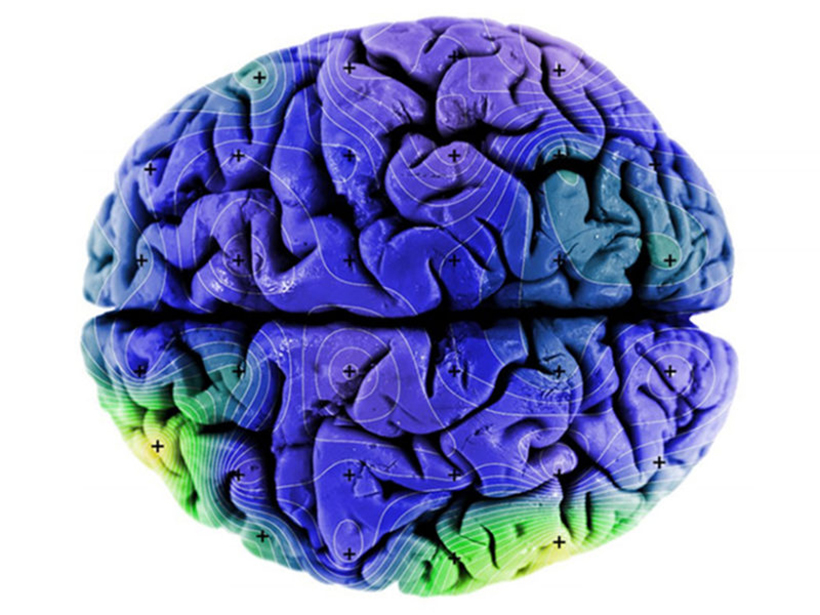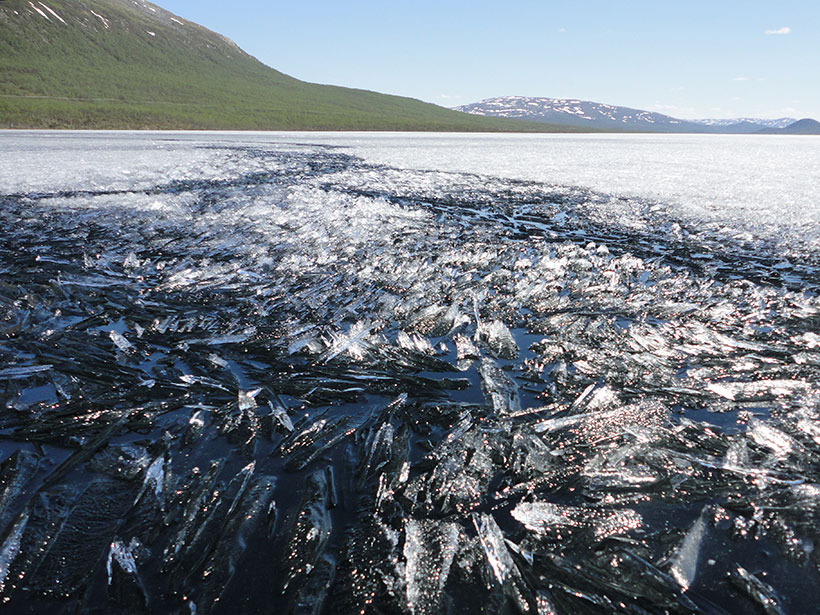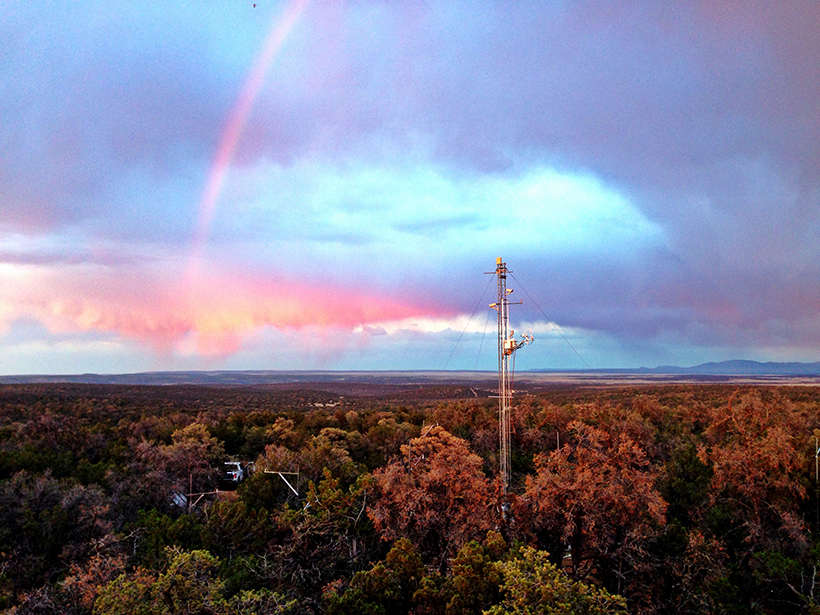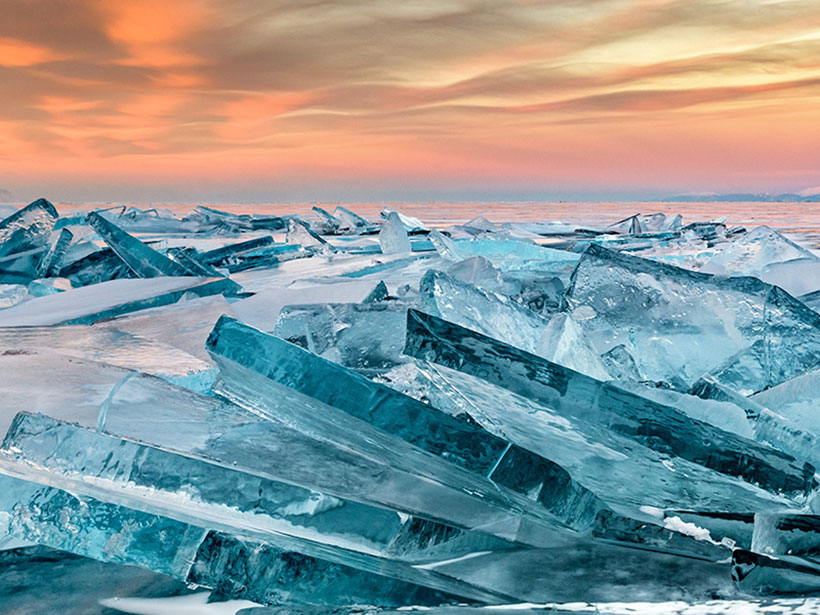Jellyfish and sea salps aren’t getting the credit they deserve for their role in ocean carbon cycling, according to a new study.
biogeosciences
How River Capture Affects the Evolution of Aquatic Organisms
River basins are dynamic environments that are always changing and reorganizing under geologic forces. New research investigates how this shape shifting influences aquatic speciation and extinction.
Life Teems Below the Surface
Scientists are resolving how plants, microbes, and lithology sculpt the structure of the critical zone.
Ideal Temperatures for Carbon Uptake by Subtropical Plants
Air temperatures in coastal ecosystems of Australia routinely exceed the optimum range for photosynthesis, hindering plants’ ability to take up atmospheric carbon.
Podcast: Putting Brains in Rock Machines
One geophysicist deviated from his usual work on paleomagnetism to study the magnetic remanence of human brains.
Lake Ice—and Ecosystems—in a Warming World
Extending ice records and standardizing sampling protocols are among recommendations to help researchers better predict how changing ice cover will affect aquatic ecosystems.
Measuring, Monitoring, and Modeling Ecosystem Cycling
Scientists leverage long-term environmental measurements, emerging satellite observations, and recent modeling advances to examine changes in ecosystem carbon and water cycling.
Estuary Research Suffers from Scientific Bias
Researchers are calling for a closer look at nutrient cycling in tropical and low-nutrient estuaries, which have long been overlooked in the scientific literature.
Big Questions, Few Answers About What Happens Under Lake Ice
Scientists long eschewed studying lakes in winter, expecting that cold temperatures and ice cover limited activity below the surface. Recent findings to the contrary are changing limnologists’ views.
Rastreando Elementos Traza a Través del Océano Ártico
Durante la expedición Pan-ártica, los investigadores obtuvieron y utilizaron datos de carbono y elementos traza para comprender mejor cómo el cambio climático afectará la producción primaria en una de las regiones de calentamiento más rápido del mundo.


